I raise you all of these monstrosities:
- Phones launching with Android 13 without a dedicated partition for recovery mode
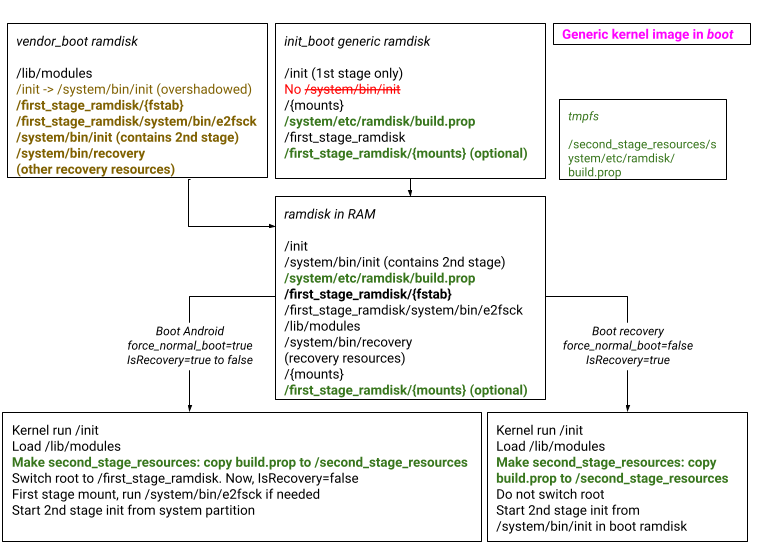
- Phones launching with Android 13 with two dedicated partitions for recovery mode (two because of A/B partitioning scheme)
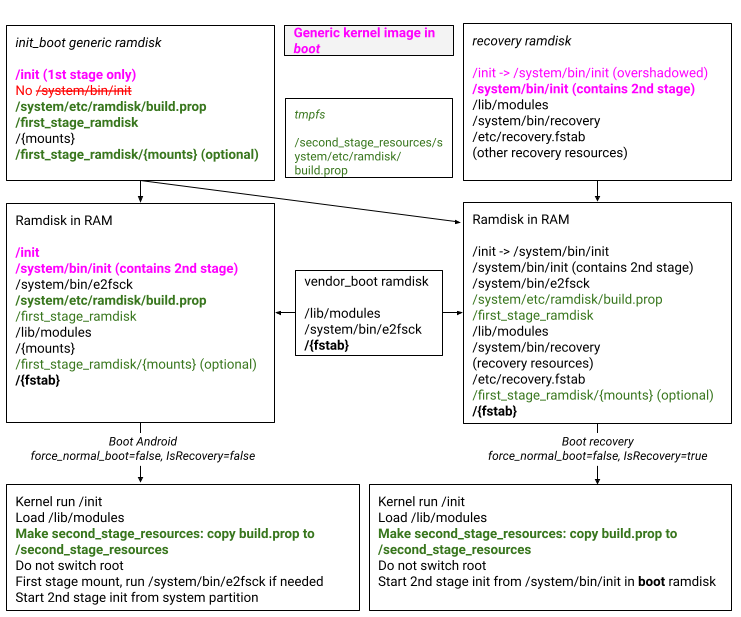
- Phones launching with Android 13 with one dedicated partition for recovery mode (only one because A/B partitioning scheme is not used)
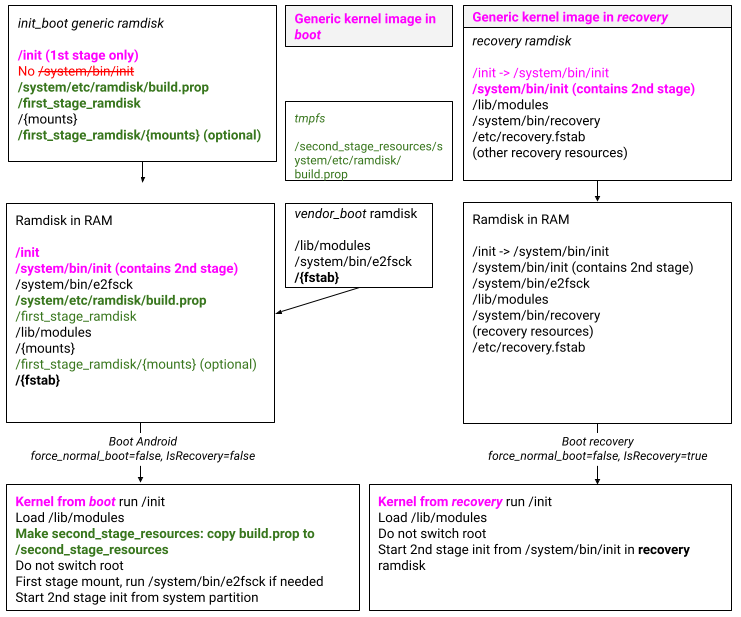
- Phones that launch with or upgrade to Android 12, that use a generic kernel image, without a dedicated partition for recovery mode
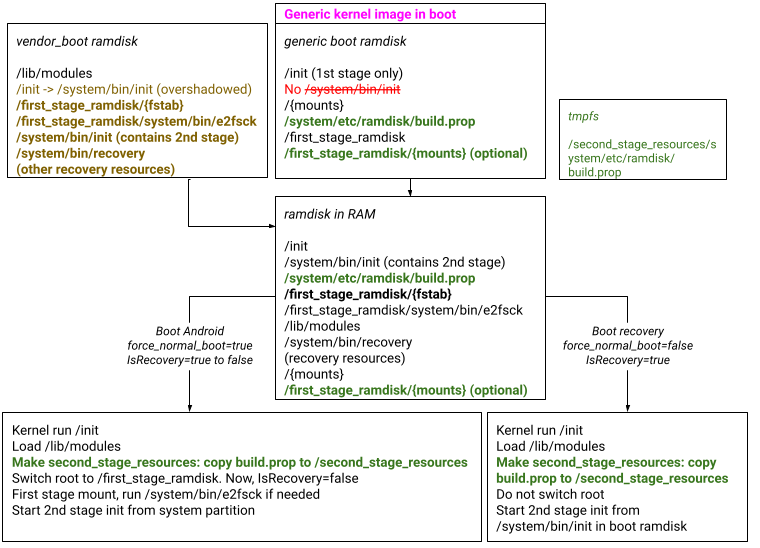
- Phones that launch with or upgrade to Android 12, that use a generic kernel image, with two dedicated partitions for recovery mode (A/B partitioning scheme)
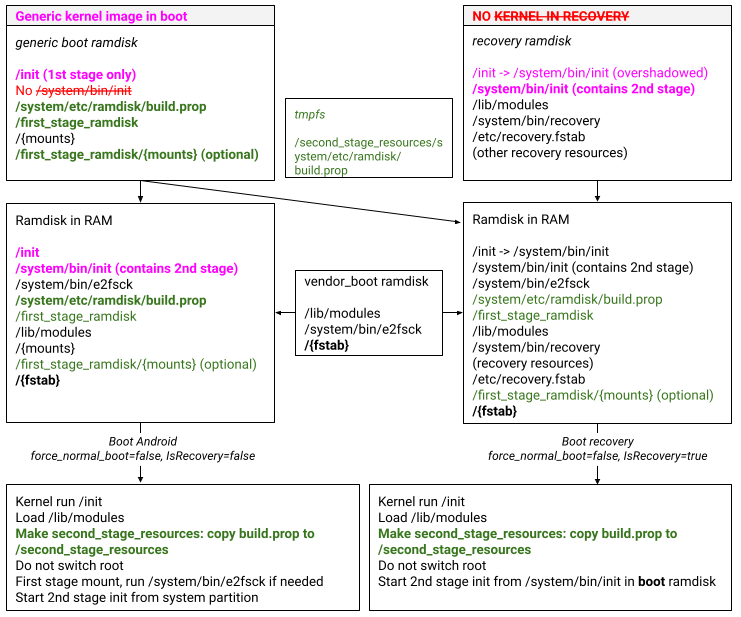
- Phones that launch with or upgrade to Android 12, that use a generic kernel image, with one dedicated partition for recovery mode (non-A/B partitioning scheme)
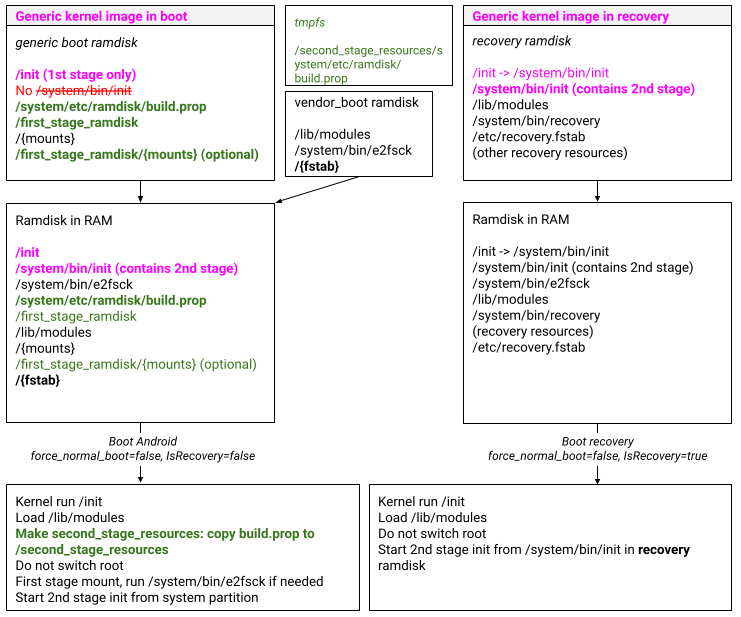
- Phones that upgrade to Android 12, that does not use a generic kernel image, with no dedicated partition for recovery mode
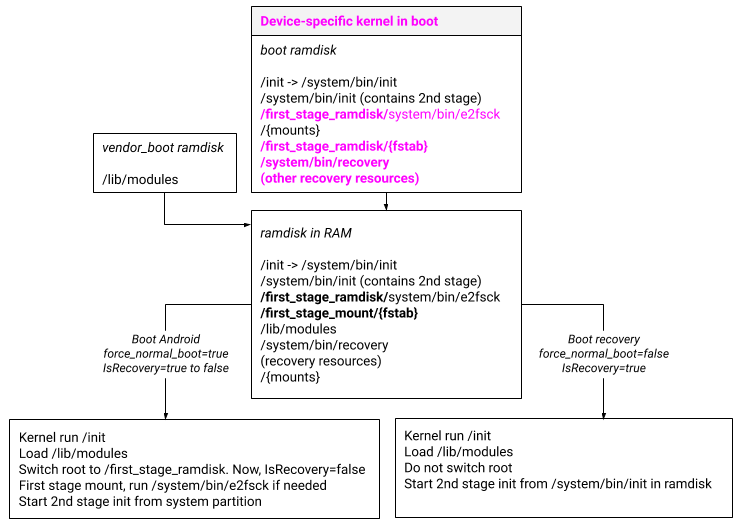
- Phones that upgrade to Android 12, that does not use a generic kernel image, with dedicated partition(s) for recovery mode
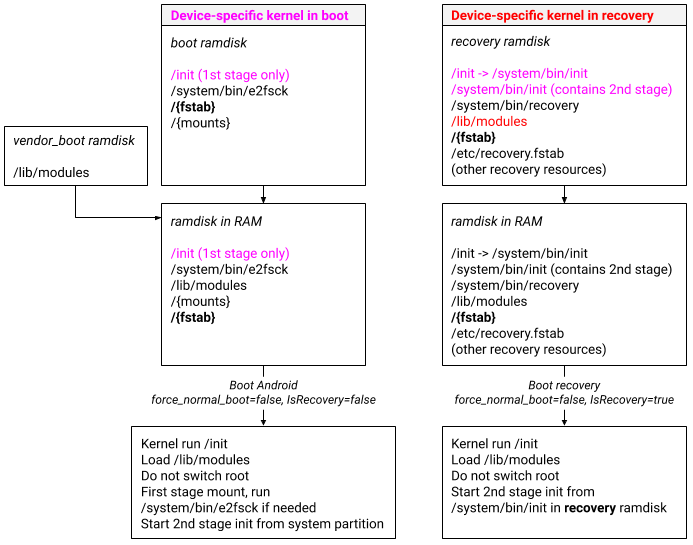
In Android’s defense however, a phone would likely use only one of these layouts at a time. The question of which of these layouts does a said phone uses though, that’s a more complicated question.





@remindme@mstdn.social 1 year